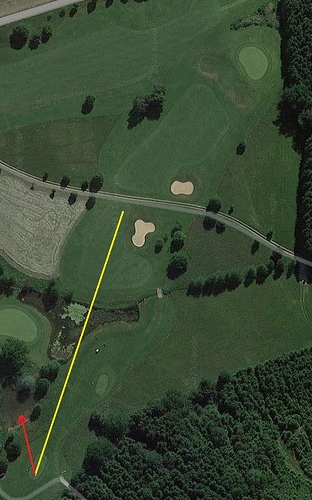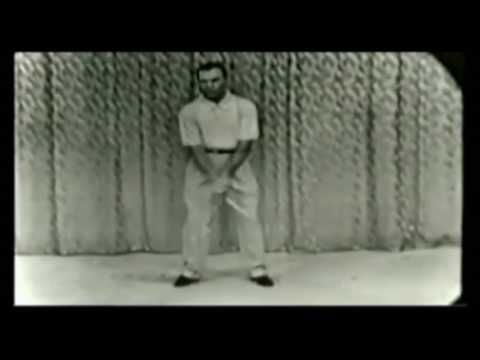Hello Gentlemen, it’s been a while since I’ve last been here and I hope you’re all doing fine.
I’ve been playing and practicing regularly for the last 3 years and my game’s been coming along slowly (although more slowly than I’d like it to). I mostly average bogey with some pars and the occasional birdie here and there.
Now, I was on a round by myself yesterday and was playing okay, when I got to the 13th tee on my home course. It’s a short Par 4 at 310 meters nothing fancy, but the tee shot has to be played over water. Ever since I’ve stood over that tee for the first time that shot has gotten squarely into my head.
So, yesterday I tee it up, my head filled with all these positive thoughts and wishes and…I hit it sideways some 10 meters to the LEFT of me OB into some knee high grass. I think alright it’s just my ususal jitters there. I tee up another, swing, and hit the exact same shot into the exact same place OB. I’m like WTF, drop another ball, exact same result. 4th ball, exact same result. My 5th ball finally goes in the fairway, I get the 6th on the green, and there’s a nice ruined next five holes for me, which I play like I’ve never seen a golf club before.
Mental things aside, can anyone explain to me what went wrong here with my driver? How’s it even possible to get that ball to the left in a 45° angle?
Here’s an image from the hole. Yellow is the drive as it should go, mine were the red ones 
Happy gaming y’all!





 Thanks for sharing!
Thanks for sharing!